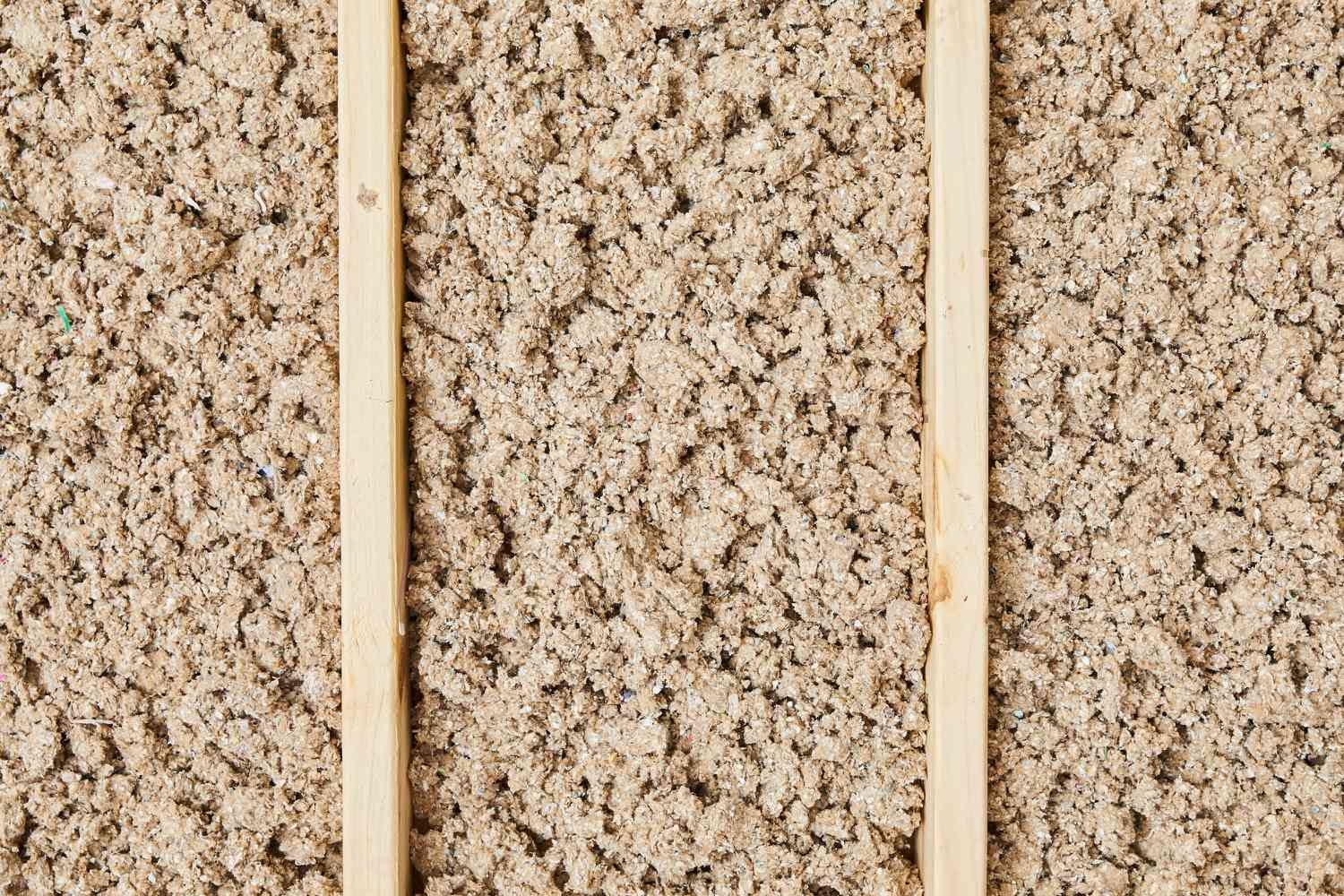As environmental concerns continue to rise, many homeowners are exploring sustainable ways to improve energy efficiency in their homes. Insulation is a crucial area often overlooked, which is a key factor in maintaining an optimal indoor temperature.
Traditional insulation materials, while effective, are often synthetic and non-biodegradable, posing potential harm to the environment. This guide introduces several eco-friendly insulation options, offering improved sustainability without compromising performance.
These options contribute to a greener planet and can lead to significant energy savings for the homeowner.
Benefits of Eco-Friendly Insulation
Investing in eco-friendly insulation goes beyond reducing your carbon footprint. It also offers several benefits for both you and the environment.
Lower Energy Bills
Eco-friendly insulation options are designed to reduce heat loss, thus providing better temperature control in your home. This means that less heat will escape from your walls or attic during colder months, resulting in lower energy bills over time.
Improved Indoor Air Quality
Many traditional insulation materials (such as fiberglass) can release harmful chemicals into the air, potentially affecting indoor air quality. Eco-friendly options use natural and non-toxic materials, promoting a healthier living environment.
Noise Reduction
Eco-friendly insulation also has noise-dampening properties, making it an ideal choice for homes in noisy areas or those seeking a quieter living space.
Fire Resistance
Some eco-friendly insulation options, such as mineral wool and cotton, have inherent fire-resistant properties. This increases safety in the event of a fire and reduces home insurance costs.
Types of Eco-Friendly Insulation
There are various eco-friendly insulation options available on the market today, each with its unique features and benefits. Here are some popular options to consider:
Cellulose Insulation
Cellulose insulation is made from recycled paper products, making it one of the most eco-friendly options. It’s treated with fire retardants for increased safety and has excellent thermal resistance properties.
Sheep Wool Insulation
Sheep wool insulation is a natural, biodegradable option that offers exceptional thermal and acoustic insulation properties. It’s also resistant to mold, mildew, and pests.
Cotton Insulation
Cotton insulation is made from recycled denim scraps and has excellent thermal properties. It’s also a moisture-resistant material, making it suitable for areas prone to high humidity levels.
Mineral Wool Insulation
Mineral wool insulation is made from molten rock or iron ore slag and offers excellent thermal and acoustic properties. It’s naturally fire-resistant, making it a popular choice for insulation in commercial buildings.
Pros and Cons of Eco-Friendly Insulation
Like any other product, eco-friendly insulation options have their advantages and disadvantages. It’s essential to consider these factors when choosing the right insulation for your home. If you need more help with this, check this website. Knowing all the good and the bad about each insulation option helps make a better decision when it comes to insulating your home in an eco-friendly way.
Pros
- Environmentally friendly and sustainable
- High thermal resistance properties
- Non-toxic and safe for indoor air quality
- Durable and long-lasting
Cons
- It can be more expensive upfront
- It may require professional installation
- Availability can vary depending on location
Costs and Savings Associated with Going Green
While eco-friendly insulation options may have a slightly higher upfront cost, the long-term savings can outweigh the initial investment. Here are some factors to consider when evaluating your potential costs and savings:
- Material costs – Eco-friendly materials may be slightly more expensive than traditional insulation, but their performance and sustainability make them worth considering.
- Installation costs – Some eco-friendly insulations require professional installation, which can add to the overall cost. It’s essential to get quotes from multiple contractors and compare prices.
- Energy savings – As mentioned earlier, eco-friendly insulation options can significantly reduce energy bills. The amount saved will depend on climate, home size, and current insulation levels.
- Tax incentives and rebates – Many governments and utility companies offer tax incentives or rebates for homeowners who choose eco-friendly insulation. These can help offset the initial investment and save you money in the long run.
Local and Governmental Incentives for Energy Efficiency Upgrades
As more people become aware of the benefits of eco-friendly insulation, governments and local communities are encouraging homeowners to make sustainable choices. Here are some incentives to look out for:
- Tax credits – Some states offer tax credits for homeowners who make energy-efficient upgrades, including insulation.
- Rebates – Many utility companies offer rebates or discounts for homeowners who choose eco-friendly insulation.
- Grants – Some local and state governments offer grants to help cover the cost of energy-efficient upgrades, including insulation.
Conclusion
Choosing eco-friendly insulation options benefits the environment and offers significant advantages for homeowners. From cost savings to improved indoor air quality, there are plenty of reasons to switch.
With various options available and potential incentives from local and governmental organizations, it’s easier than ever to make your home more sustainable and energy-efficient. Consider the pros and cons, evaluate the costs and savings, and make an informed decision when choosing the right eco-friendly insulation for your home.








